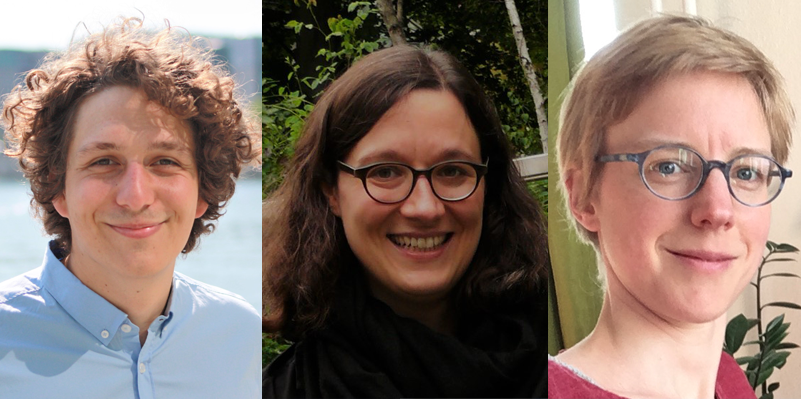

Around the world, competition law generally prohibits firms from joining agreements that target coordinated pricing behavior and joint profit maximization (e.g., Article 101 of the Treaty on the Functioning of the European Union from 2012). In contrast to this clear prohibition of explicit cartel formation, competition law does not have bite against tacitly collusive behavior, i.e., price coordination without accompanying evidence of agreements between the firms. Thus, firms willing to coordinate their prices have a choice between the formation of an explicit cartel, which comes with the risk of being sanctioned, and tacit collusion, which is not risky with respect to sanctions but may be less effective in terms of coordination.
In our paper, we shed light on the effect of sanctions on communication and the effect of the content of communication on prices. In a laboratory experiment, we exogenously manipulate the firms' costs to discuss the explicit formation of a cartel by varying whether or not cartel formation is illegal and can be sanctioned. To implement sanctions for illegal agreements in real time during the experiment, our experiment features a participant in the role of the competition authority, who is properly incentivized to judge the communication content and price setting behavior of the firms. To quantify and systematically analyze the content of communication, we use a machine learning approach.
We find almost perfect adherence to the symmetric joint profit-maximizing price and very explicit communication in the treatment with unrestricted and unsanctioned communication. In contrast, in the presence of sanctioning institutions, fewer markets achieve this extent of coordination and communication is indirect rather than explicit. In particular, firms communicate less often about, or even agree on, specific prices when the competition authority may sanction cartel formation. This improves the deterring effect of sanctions because indirect communication does not help firms to coordinate their prices in our experiment.
We expect our findings to be useful in at least two respects. First, we show that explicit communication is effective in achieving a joint increase in the firms' prices whereas indirect communication is not. This result suggests a link between explicit communication and illegal conduct that may inform courts in their judgment of whether or not a certain conduct violates competition law. Specifically, we show that the detailed analysis of communication data may help to define the boundary between tacit collusion and explicit cartel formation. Second, our study provides potentially useful insights for screening approaches such as e-discovery that are already used in practice.
The full paper “How communication makes the difference between a cartel and tacit collusion: a machine learning approach” is available as DIW Discussion Paper No. 2000.
This text is jointly published by BCCP News and BSE Insights.